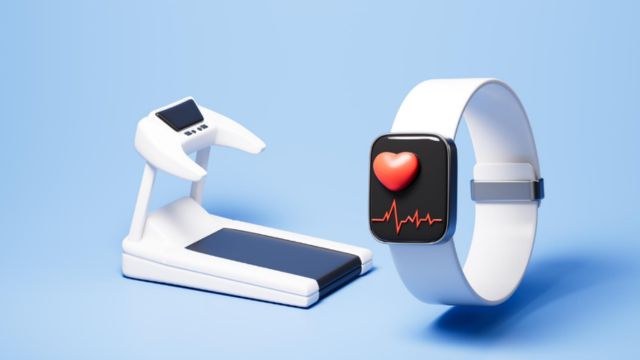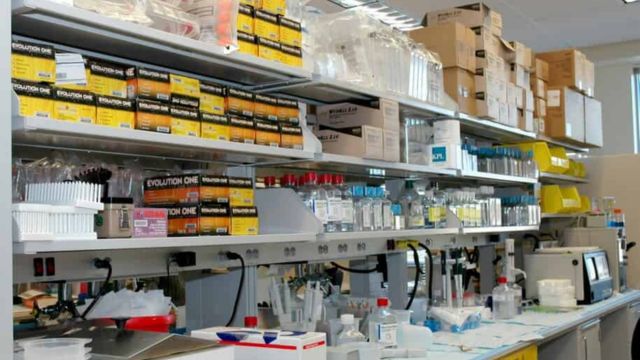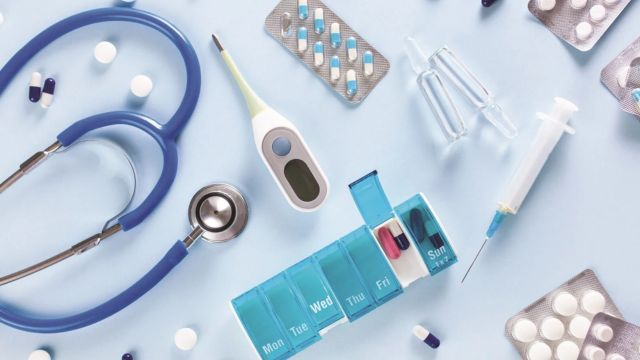One of the most complicated and regulated industries in the world is the global medical supply industry. There are strict restrictions about how medical goods can be made, distributed, and brought into the country. Companies that work in this industry have to follow a lot of local, national, and international rules to be legal and avoid getting into trouble. If you sell, distribute, or make medical supplies, you need to know the laws about how to do business with medical supplies in different countries. This is important for smooth operations and getting into new markets.
Important Things to Think About When Distributing Medical Supplies
When sending medical products across borders, there are a number of things to think about, such as rules and regulations, access to markets, tariffs, and product standards. Following the law isn’t only about avoiding fines; it’s also about making sure that items are safe for consumers and fulfill the criteria in each country.

- Regulatory Bodies and Their Role
Different countries have distinct regulatory agencies responsible for overseeing medical product distribution. These agencies set the rules, inspect products, and monitor the quality of supplies. Key regulatory bodies in the medical supply industry include:
- The FDA, or U.S. Food and Drug Administration: is in charge of making sure that medical supplies and devices are distributed safely in the United States. Before they may sell their items, manufacturers must register them and get permission.
- The European Medicines Agency (EMA): is in charge of making sure that medicinal supplies are safe and legal in the EU. Before products can be sold in all EU member states, they must meet EU-wide requirements for safety and effectiveness.
- Health Canada: This body makes sure that medical products fulfill Canadian health and safety regulations before they are sent out to people in Canada.
- The Therapeutic Goods Administration (TGA) is in charge of making sure that medical products can be brought into and sold in Australia.
Each of these groups is very important because they make sure that medical goods are safe to use and follow the regulations of each country.
- Registering and certifying products
Manufacturers and suppliers usually have to go through a process called product registration before they may send medical supplies to other nations. This method requires you to send in thorough information on the product’s safety, effectiveness, and how it was made. Some common approvals and certifications that are needed include:
- CE Marking (EU): All medical equipment sold in the EU must have the CE marking, which shows that they meet health, safety, and environmental protection regulations.
- FDA Approval (U.S.): The FDA must approve medical items sold in the U.S., especially those that are considered high-risk devices (Class III). Manufacturers must register Class I and II devices with the FDA if they are low-risk.
- ISO Certifications: ISO 13485 certification is important for medical supply producers and distributors since it shows that the organization follows strict quality management procedures.
Certification of medical supplies makes ensuring they match international standards and rules, which means they can be sold around the world.
- Laws about customs and imports
Distributors of medical supplies must also think about the laws that govern customs and imports. When it comes to bringing in medical goods, each country has its own set of restrictions, such as:
- Taxes & Tariffs: Medical products are taxed and charged duties in several countries. If you know the tariff rates and have the right paperwork, you won’t have to wait at customs.
- Some countries require import permissions for some types of medical products, especially those that are high-risk or restricted. If you don’t have these permits, delivery could be delayed or even stopped.
- Labeling and Packaging Requirements: Different countries have different rules about how to label things, such as what language to use, what information to include about the product, and safety warnings. If you don’t follow these labeling rules, your product may be rejected.
- Trade Agreements Between Countries
Trade deals between countries can change how medical supplies are sent out. The United States-Mexico-Canada Agreement (USMCA) makes trade between these three countries easier by lowering tariffs on various medical items. In the same way, the EU Trade Agreements give medical supplies transferred between member states special status.
Suppliers who do business worldwide can save money and make the distribution process easier by understanding and using trade agreements.
- Following the law in your area
Medical supply distributors must follow the laws and rules of each city or region in addition to the laws and rules of the country. Here are some things to think about:
- Health and Safety Rules in Your Area: Each country has its own rules about how medical supplies should be safe and healthy. To avoid legal problems and product recalls, suppliers must make sure that their goods follow these rules.
- Tracking and Traceability: A lot of countries say that medical products must be able to be traced during their whole life. This means keeping an eye on the product from the time it is made until it is sold and making sure that records are available for review.
- Data Protection and Privacy Laws: In some places, like the European Union under GDPR, medical supply distributors have to follow tight rules about how they protect and handle personal information when they sell and use medical devices.
- Responsibility and Insurance
Distributors of medical supplies should know the regulations that regulate their company when it comes to liability. If a product is defective, the distributor can be held accountable for any damage it causes. So, you need liability insurance to protect yourself from litigation and product recalls.
Conclusion
It’s hard to figure out the laws of distributing medical supplies in different nations, but it’s important for success in the worldwide market. Distributors may make sure their medical products fulfill the essential standards and follow local and international laws by knowing about trade agreements, certifications, customs rules, and regulatory needs. Keeping up with changing rules and adding to your expertise will help your business stay on track and grow into new areas.
Visit J & J Supplies if you want to stay up to date on the newest news about medical supplies, clinical engineering, and regulations. We give you the best information and insights to help you stay ahead in the medical supply business. Check out our tools today to make sure your firm stays compliant and competitive in the healthcare industry, which is always changing.
Frequently Asked Questions (FAQ)
What are the primary regulatory bodies involved in medical supply distribution?
Major regulatory bodies include the FDA (U.S.), EMA (EU), Health Canada, and TGA (Australia), each of which oversees the safety and compliance of medical supplies in their respective countries.
How do I get my medical product approved for international distribution?
Medical products must be registered and certified according to each country’s regulatory requirements. This often involves submitting safety and efficacy data, obtaining certifications like the CE mark (EU) or FDA approval (U.S.), and adhering to local import regulations.
Are there any import duties on medical supplies?
Yes, many countries impose tariffs and import duties on medical products. It is important to understand the specific rates for each country you wish to distribute to and ensure that proper documentation is in place to avoid delays.
How do I ensure compliance with local laws when distributing medical supplies?
Research local regulations and ensure your medical supplies meet the health, safety, labeling, and packaging requirements of each country. Working with legal experts in international trade and distribution can help ensure full compliance.
What is ISO 13485 certification, and why is it important?
ISO 13485 is a globally recognized standard for quality management in the medical device industry. It demonstrates that a manufacturer follows strict quality control processes and is crucial for medical product certification and distribution.








